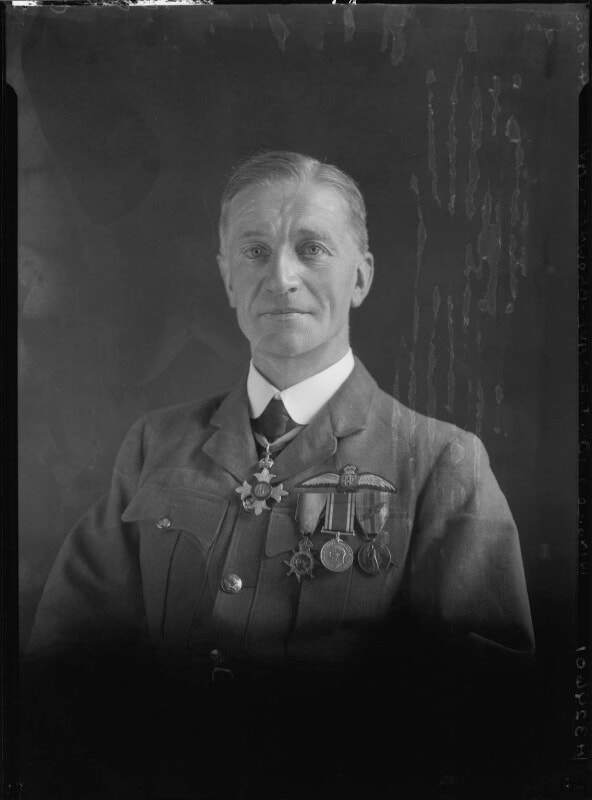On This Day 11 January 1885 Thomas Cave-Browne-Cave was born
Wing Commander Thomas Reginald Cave-Browne-Cave (1885-1969), 21 Streatham Common North, The "Burnage"
1885 January 11th. Born the son of Sir Thomas Cave-Browne-Cave and his wife Blanche Matilda Mary Ann Milton
1901-13 Dulwich College. Engr. Officer, R.N.
1913 Transferred to Naval Wing R.N.A.S. and to R.A.F. on formation.
1914-20 Airship research, Admiralty and Air Ministry
1918 Married to Marjorie Gwynne Wright
1920 Presented a paper at the British Association meeting on airships
1931-50 Professor of Engineering at Southampton University
1969 Married(2) to Elsie May Ricks
1969 November 26th. Died
- Member, Advisory Committee for Aeronautics and Aeronautical Research Committee; retired 1931.
- Fellow, Royal Aeronautical Society Member of Council, I.Mech.E.
- Formerly Lecturer on Airships, Imperial College of Sc. Chairman, Technical Committee, Noise Abatement League.
- Author of lectures and papers to the I.Mech.E Royal Aeronautical Soc., I.Automobile E.. the Airship Section of the "Encyclopaedia Britannica" on Airships, C.I. Engines and Cooling, Silencers and other noise reduction problems, Air Raid Precautions.
Images- ©National portrait Gallery used under the Creative Common License
Wing-Commander Thomas Reginald Cave-Browne-Cave, CBE, RAF (Fellow), of Basset, Southampton, died recently aged 84.
Wing-Cdr Cave-Browne-Cave received his early training in the Royal Navy, and served as an engineer officer until 1913. In that year he was seconded to the Royal Naval Air Service, later absorbed into the Royal Air Force, and for the next eighteen years devoted himself to the design, construction and operation of aircraft.
He became Professor of Engineering at University College, Southampton in 1931, and the school of engineering grew steadily under his direction. He retired from the post in 1950.
A first-class innovator, he developed a supersonic wind tunnel driven by steam which cost much less than the usual type using compressed air. He also developed a new system of heating and ventilating motor buses, using warm air from behind the radiator.
He contributed a great deal to Institution life, serving on Council and as Chairman of the Southern Branch.
A kind and generous man, Wing-Cdr Cave-Browne-Cave will be deeply missed by his many friends and colleagues. His death is a great loss to this Institution.

